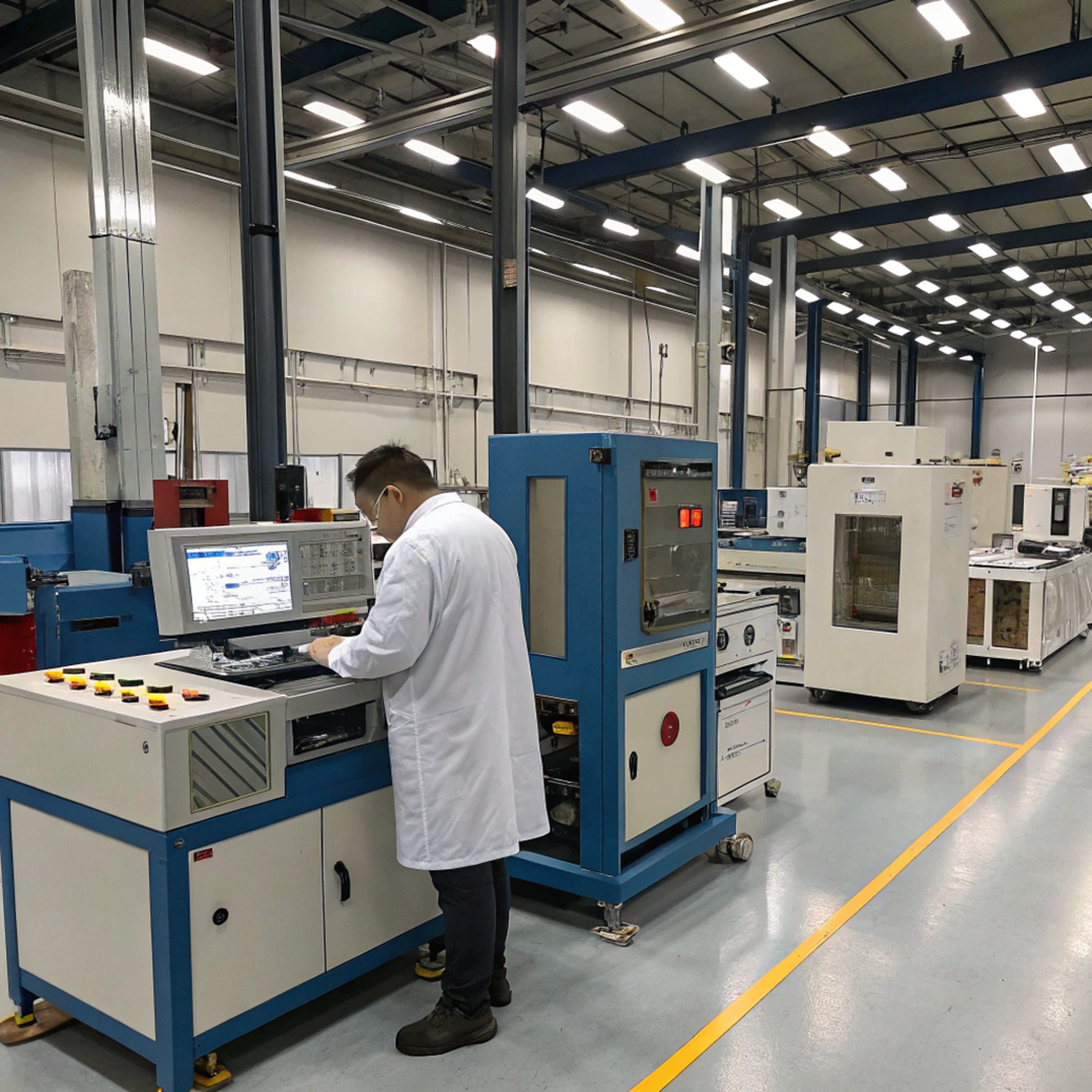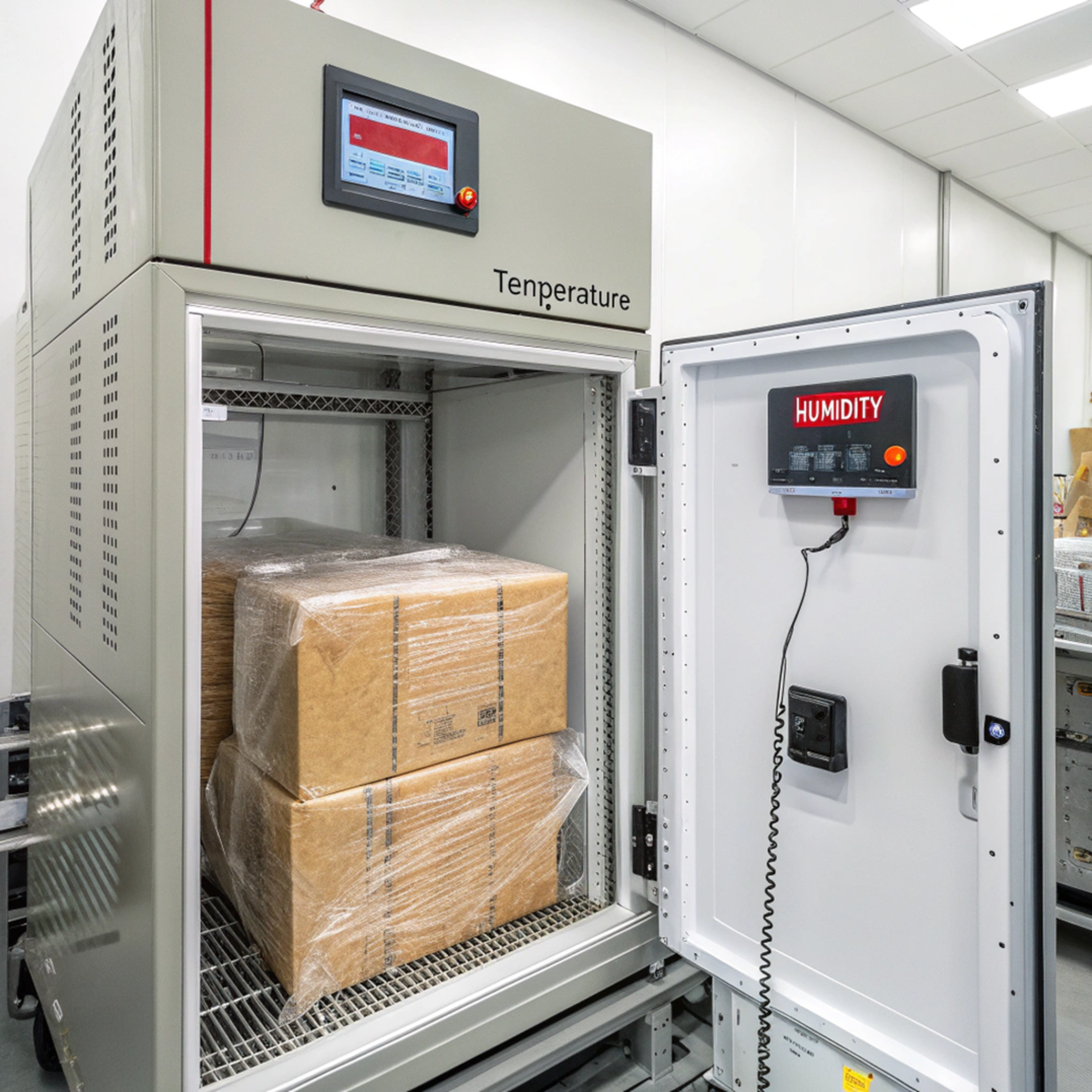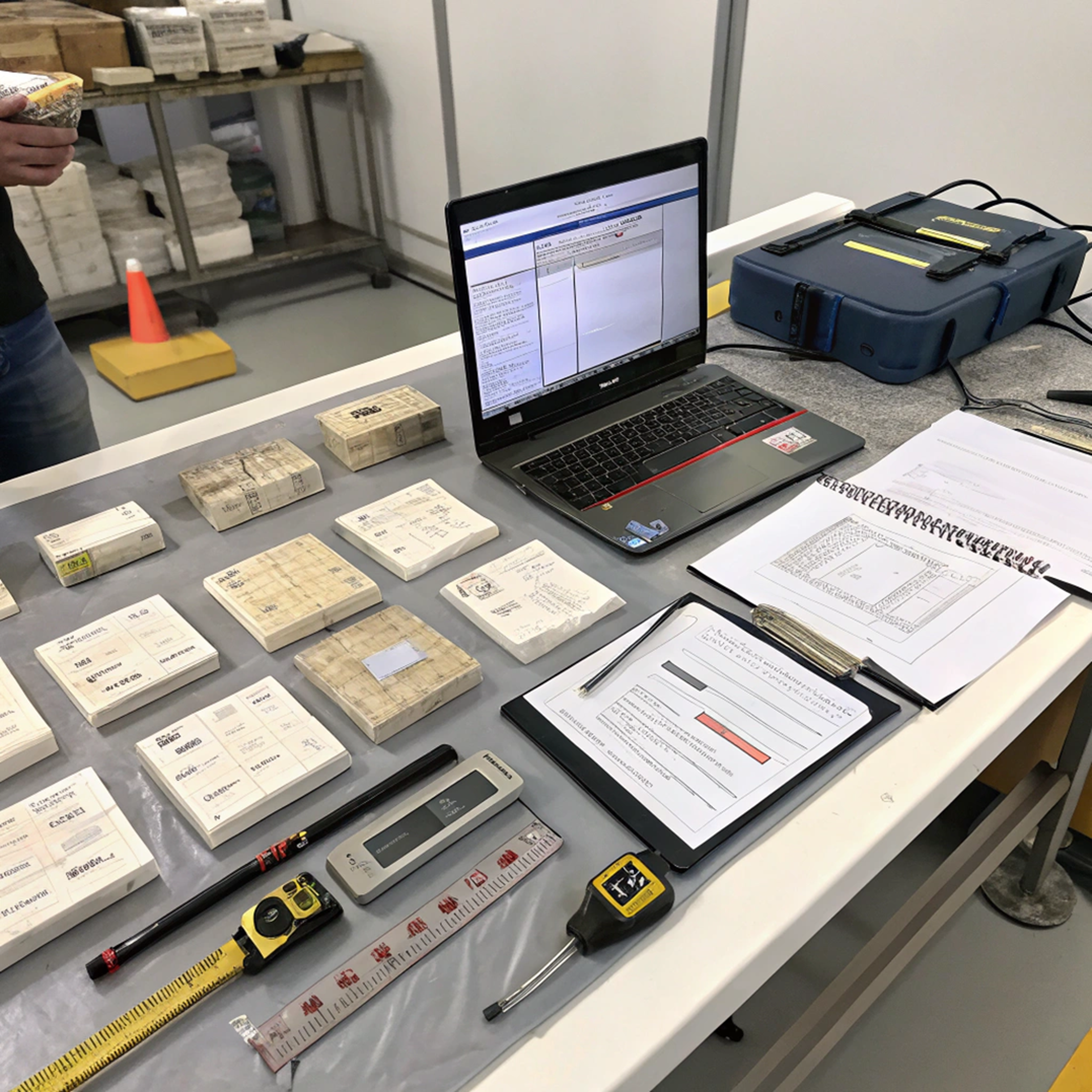Packaging Testing 101: How to Ensure Your Design Works in Real-World
Conditions
Beautiful packaging design means nothing if it fails when customers need it
most. Professional packaging testing transforms promising concepts into reliable solutions that
protect products, satisfy customers, and build brand trust. Understanding testing fundamentals can
save your brand from costly recalls, customer complaints, and reputation damage.
Why Packaging Testing Matters
Real-world conditions are harsh and unpredictable. Your elegant design might
look perfect in controlled studio conditions but fail spectacularly during shipping, storage, or
daily use. Temperature fluctuations, humidity changes, rough handling, and extended storage times
all challenge packaging integrity.
Testing reveals weaknesses before products reach customers. A $500 testing
investment can prevent thousands in returns, replacements, and brand damage. More importantly,
reliable packaging builds customer confidence and encourages repeat purchases.
 Professional packaging testing equipment simulates real-world stresses your packages will encounter.
Professional packaging testing equipment simulates real-world stresses your packages will encounter.
Essential Physical Testing Methods
Drop Testing simulates shipping and handling abuse. Packages
are dropped from various heights and angles onto different surfaces. Standard tests include corner
drops, edge drops, and flat drops. Document damage patterns to identify weak points requiring
reinforcement.
Compression Testing evaluates stacking strength during
storage and transport. Packages must withstand weight from items stacked above without deforming or
crushing contents. This test is crucial for retail display and warehouse storage scenarios.
Vibration Testing replicates transportation stress. Packages
experience sustained vibration that can loosen closures, abrade surfaces, or cause contents to
shift. Long-distance shipping particularly benefits from thorough vibration testing.
Environmental Stress Testing
Temperature cycling exposes packages to extreme heat and
cold. Materials expand and contract, potentially compromising seals, causing brittleness, or
affecting adhesive performance. Test across your expected temperature range plus safety margins.
Humidity testing reveals moisture-related issues. High
humidity can weaken cardboard, affect adhesives, or cause condensation problems. Low humidity might
make materials brittle or generate static electricity issues.
 Environmental testing reveals how packaging materials perform under extreme temperature and humidity conditions.
Environmental testing reveals how packaging materials perform under extreme temperature and humidity conditions.
User Experience Testing
Technical performance matters, but user experience determines market success.
Observe real users opening packages—are closures intuitive? Can elderly customers or those with
limited dexterity access contents easily? Does opening damage the product or create frustration?
Test package disposal and storage. Can customers easily separate materials for
recycling? Do packages store conveniently after opening? These factors significantly impact customer
satisfaction and environmental compliance.
Creating Your Testing Protocol
Develop systematic testing procedures documenting every step. Record test
conditions, equipment settings, and detailed results. Photography and video documentation prove
invaluable for analyzing failure patterns and communicating findings to stakeholders.
Establish pass/fail criteria before testing begins. What level of damage is
acceptable? How much deformation can packages withstand while still protecting contents? Clear
criteria prevent subjective decisions and ensure consistent evaluation.
 Thorough documentation transforms testing data into actionable insights for packaging improvement.
Thorough documentation transforms testing data into actionable insights for packaging improvement.
Budget-Friendly Testing Approaches
Professional testing laboratories provide comprehensive analysis but may
exceed small business budgets. Start with basic in-house testing using simple drop tests, stacking
weights, and temperature exposure. Many critical issues become apparent through basic testing
methods.
Partner with shipping companies for real-world data. UPS, FedEx, and other
carriers often share damage statistics helping you understand common failure points. Local colleges
with engineering programs sometimes offer testing services at reduced rates.
Iterative Testing and Improvement
Treat testing as an ongoing process, not a one-time check. Material suppliers
change formulations, manufacturing processes evolve, and shipping conditions vary seasonally.
Regular testing ensures continued performance and catches problems early.
Document lessons learned and build institutional knowledge. Failed tests
aren't failures—they're valuable data points guiding better design decisions. Each testing cycle
should improve both your packaging and your testing methodology.
Effective packaging testing protects more than products—it protects your brand
reputation and customer relationships. Invest in testing early and often to ensure your beautiful
designs perform beautifully in the real world.